The Japan Aerospace Exploration Agency (JAXA) announced today that the SLIM spacecraft has woken up after the lunar night (equal to 2 Earth weeks).
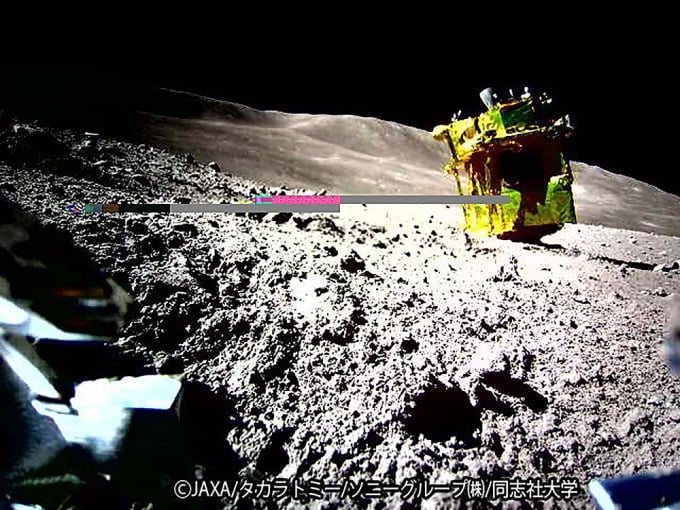
The yellow SLIM lander on the lunar surface. Photo: JAXA/Takara Tomy/Sony Group/Doshisha University/AFP
The Smart Lander for Investigation of the Moon (SLIM), or Moon Sniper, landed on the lunar surface on January 19, but it landed upside down, causing its solar panels to face the wrong direction. By the end of January, the Japan Aerospace Exploration Agency (JAXA) said the angle of the sun had changed, and SLIM “came back to life” for about two days, making scientific observations with its high-resolution camera. Then it went back to sleep as lunar night fell. Since SLIM was not designed to withstand the harsh conditions of the lunar night, JAXA is not sure if it will ever wake up.
"Yesterday, we sent a command and SLIM responded. It successfully survived a night on the lunar surface (about 2 Earth weeks) while maintaining communication functions," JAXA said on social network X on February 26.
According to the agency, the communication ended after a short while, because it was still noon on the Moon and the temperature of the communication device was very high. Experts are preparing for SLIM to continue operating when the device's temperature cools down enough.
The SLIM Moon landing in January was notable for its precision landing technology, with the actual landing location confirmed to be just 55 meters from the target, much smaller than the usual range of several kilometers. It was an impressive victory for Japan’s space program, making it the fifth country to have a soft landing vehicle on the Moon after the United States, the Soviet Union, China and India. Several other countries, including Russia, South Korea and the UAE, are also aiming to reach the Moon.
Meanwhile, on February 23, the Odysseus spacecraft became the first American spacecraft to land on the moon since the Apollo program more than 50 years ago. The unmanned lander, built by a private company and funded by NASA, landed near the south pole, which is believed to contain a lot of water ice. The Japanese private company ispace also attempted to land a spacecraft on the moon last year, but the spacecraft crashed into the surface and lost contact.
Thu Thao (According to AFP )
Source link








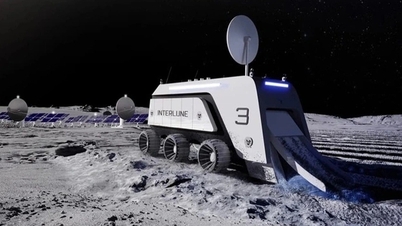

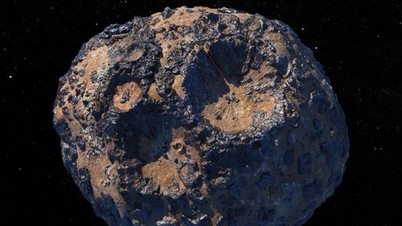

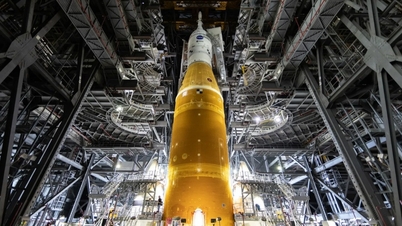
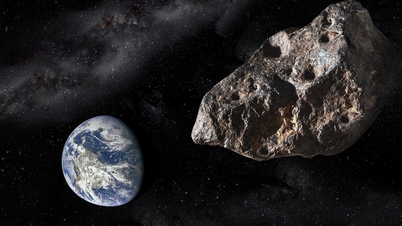
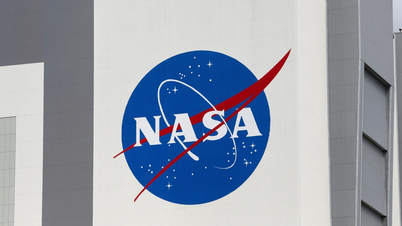


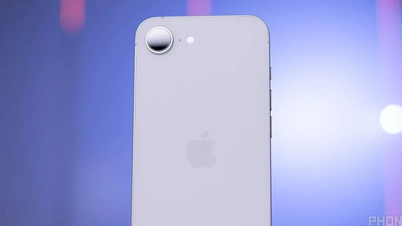
















































































Comment (0)